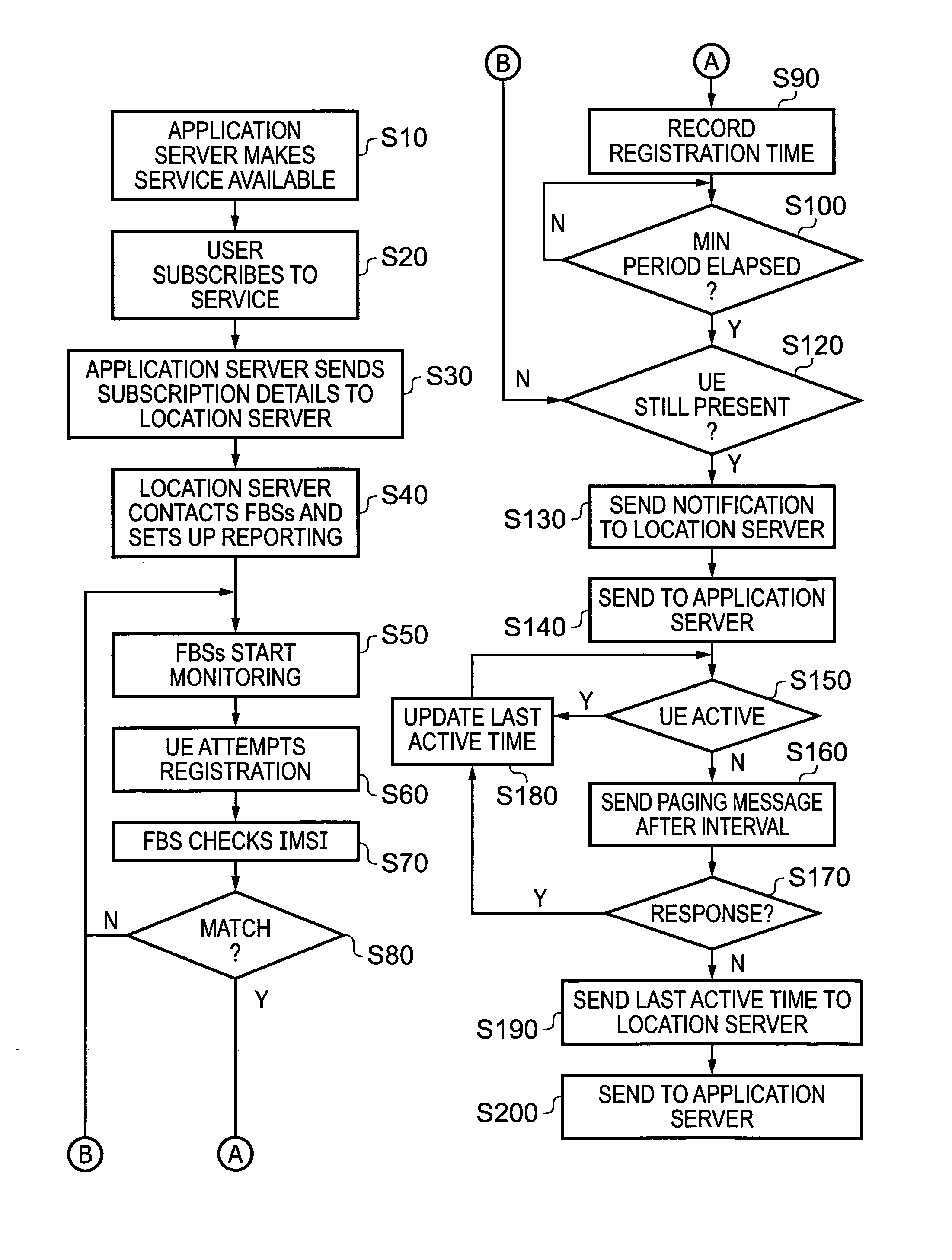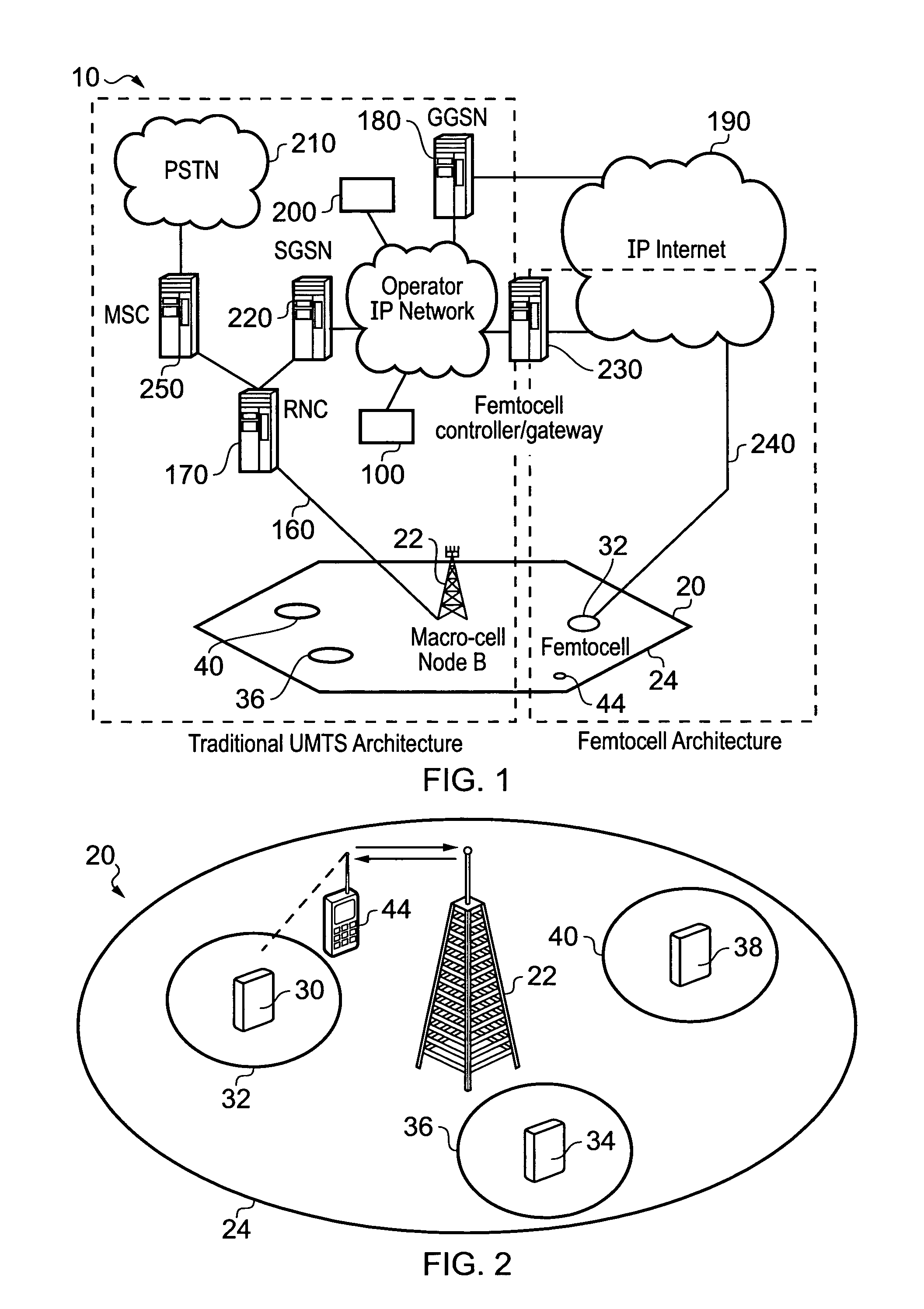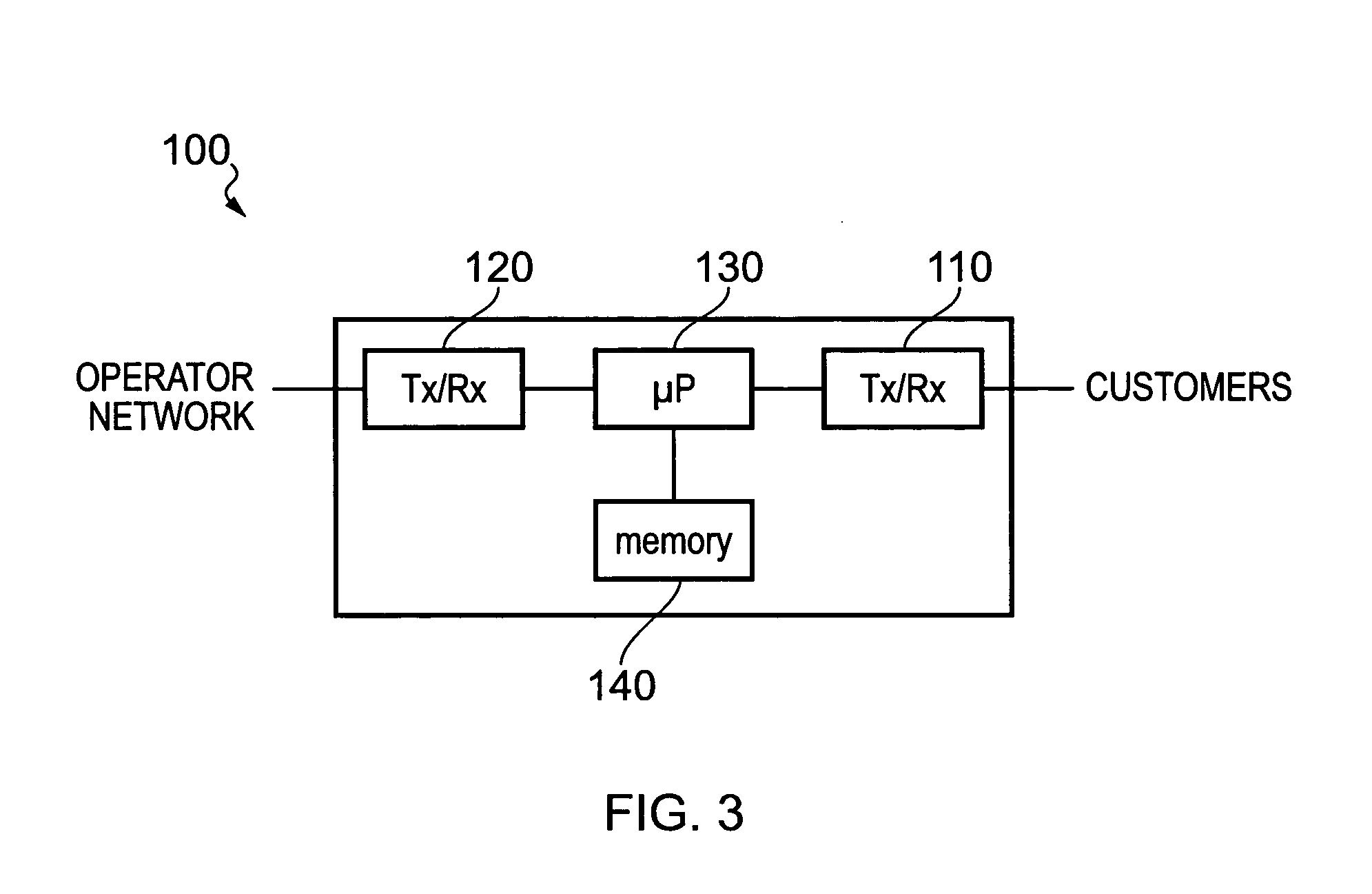Providing location information
a technology of location information and location information, applied in the field of location information, can solve the problems of increasing costs, consumption power, and becoming very much less accurate, and achieve the effect of saving power
- Summary
- Abstract
- Description
- Claims
- Application Information
AI Technical Summary
Benefits of technology
Problems solved by technology
Method used
Image
Examples
Embodiment Construction
[0043]FIG. 1 illustrates a wireless communication system, generally 10, according to one embodiment. User equipment 44 roam through the wireless communication system 10. Base stations 22 are provided which support respective macro cells 24. A number of such base stations are provided, which are distributed geographically in order to provide a wide area of coverage to the user equipment 44. When user equipment 44 is within a macro cell 24 supported by the base station 22 then communications may be established between the user equipment 44 and the base station 22 over an associated radio link. Each base station typically supports a number of sectors. Typically, a different antenna within a base station supports an associated sector. Accordingly, each base station has multiple antennas and signals sent through the different antennas are electronically weighted to provide a sectorised approach. Of course, it will be appreciated that FIG. 1 illustrates a small subset of the total number ...
PUM
 Login to View More
Login to View More Abstract
Description
Claims
Application Information
 Login to View More
Login to View More - R&D
- Intellectual Property
- Life Sciences
- Materials
- Tech Scout
- Unparalleled Data Quality
- Higher Quality Content
- 60% Fewer Hallucinations
Browse by: Latest US Patents, China's latest patents, Technical Efficacy Thesaurus, Application Domain, Technology Topic, Popular Technical Reports.
© 2025 PatSnap. All rights reserved.Legal|Privacy policy|Modern Slavery Act Transparency Statement|Sitemap|About US| Contact US: help@patsnap.com



